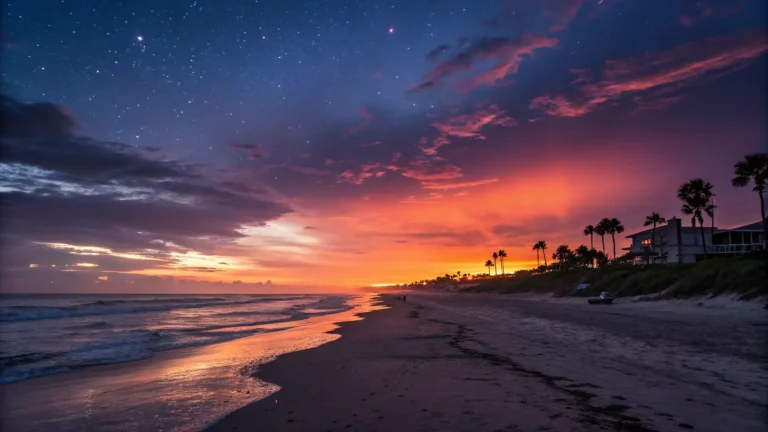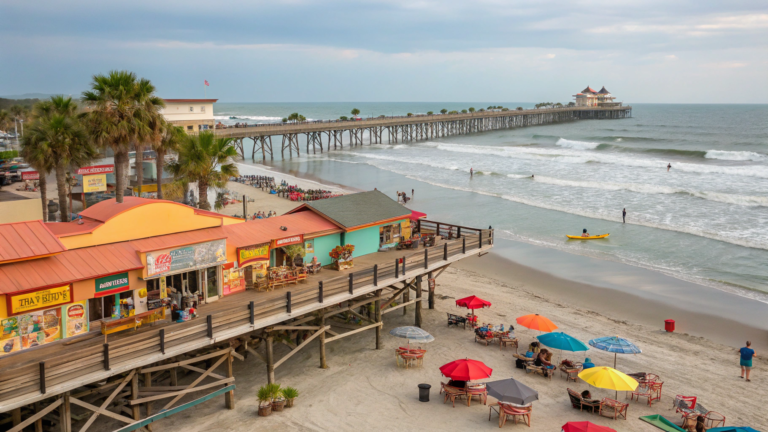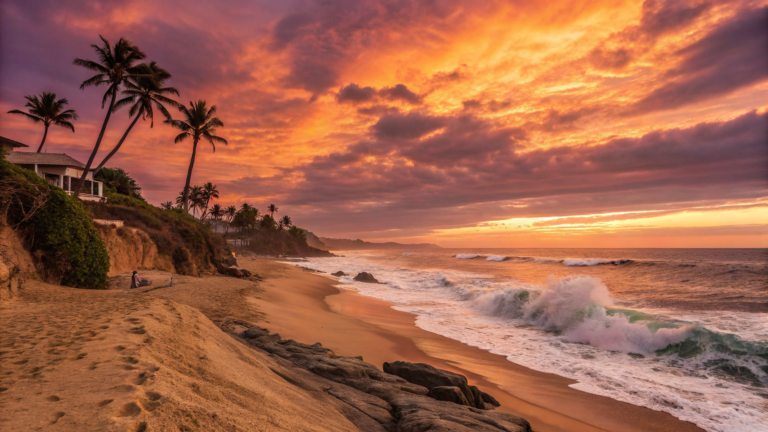Best Time to Visit Aruba How to Enjoy Perfect Beach Days
Last updated on June 16th, 2025 at 07:59 pm
So there I was, standing in 2 feet of snow in Chicago last January, scrolling through my coworker’s vacation photos from some tropical place. “Where the hell is this?” I asked, pointing at her phone showing crystal-clear water and not a cloud in the sky. That’s when she launched into a whole speech about the best time to visit Aruba and suddenly, my frozen toes felt even worse.
“Aruba,” she said with this smug smile. “And it was 82 degrees every single day.”
Now I’m not usually the jealous type, but damn. While half the country was dealing with flight cancellations because of storms, she was sipping cocktails on a beach somewhere I couldn’t even pronounce. That’s when I decided I needed to figure out this Aruba thing.
Six trips later (yeah, I’m that person now), I’ve learned some stuff about timing that nobody tells you in those glossy travel magazines. And trust me, when you get it right, you’ll understand why people become obsessed with this little island.
Table of Contents
Best Time to Visit Aruba Why the Weather Works in Your Favor
Here’s something that blew my mind when I first researched this place: Aruba doesn’t really have hurricane season. Like, at all. While everyone else in the Caribbean is boarding up windows and canceling vacations, Aruba’s just sitting there being perfect.
My buddy Jake learned this the hard way. He’d booked Jamaica for August 2019, got his trip canceled because of Hurricane Dorian, and lost half his deposit. Meanwhile, I was posting sunset pics from Eagle Beach that same week.
The island sits way down south, outside what they call the “hurricane belt.” So while other places are playing weather roulette half the year, Aruba’s temperature basically stays between 80 and 88 degrees no matter what month you show up.
But here’s where it gets interesting – and this took me three trips to really understand – the “seasons” aren’t about hot versus cold. They’re about comfortable versus really damn comfortable. Even the “worst” weather months are better than most places on their best days.
The trade winds are everything here. I mean everything. During my first visit in March, I kept waiting for that sticky, gross feeling you get in Florida. Never happened. Those winds just keep things moving, even when it’s technically 90 degrees.
December Through April: When Everyone Shows Up
My first trip was in February 2020, right before the world went crazy. I paid through the nose for it – nearly $500 a night for a decent hotel – but holy crap, it was worth every penny.
Picture this: Seven days, not a single cloud. Not one. The humidity was so low I actually needed lotion because my skin got dry. The water was perfect, the beaches weren’t too crazy crowded, and every single sunset looked like someone photoshopped it.
But let’s talk reality here. Peak season means peak prices and peak annoying tourists. I watched a family throw an absolute fit at the concierge because they couldn’t get dinner reservations anywhere decent. The dad was literally yelling about how much he paid for the room. Not a good look.
What you need to know about peak season:
- Weather is basically perfect every day
- Hotels cost 2-3 times more than summer
- Restaurant reservations are a nightmare
- Beaches get crowded around 10 AM
- Every activity books up fast
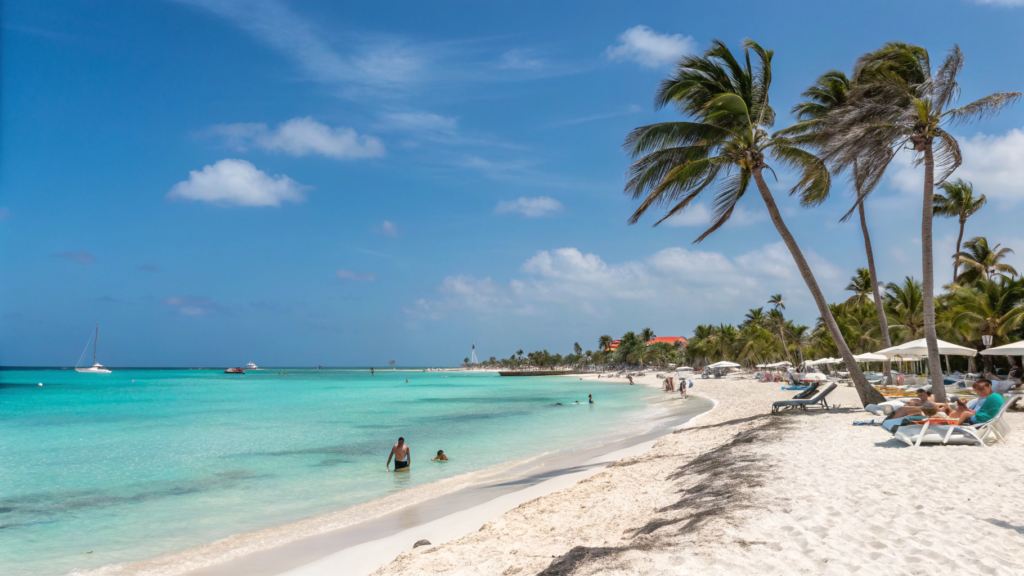

I’ll be straight with you though – if this is your one big vacation for the year, or you’re doing something special like a honeymoon, just pay the money. The weather guarantee is worth it.
May and November: The Months Smart People Choose
After that expensive February trip, I started getting crafty. Did some research and decided to try May 2021. Same resort, same room type, 40% less money. The weather? Maybe 3 degrees hotter and slightly more humid. Big freaking deal.
May turned out to be incredible. The crowds were manageable, we could actually get restaurant reservations, and the weather was still amazing. Sure, we had one afternoon where it rained for like 20 minutes, but we were napping anyway.
November is similar but tricky. The weather’s getting better after the rainier months, but you’re gambling a bit. My November 2022 trip was perfect until the last two days when we got some random storms. Nothing terrible, just meant more pool time instead of beach time.
Why shoulder season rocks:
- 30-50% cheaper than peak months
- Way less crowded everywhere
- Weather is still fantastic 90% of the time
- Locals are more relaxed and friendly
- You can actually enjoy restaurants without reservations
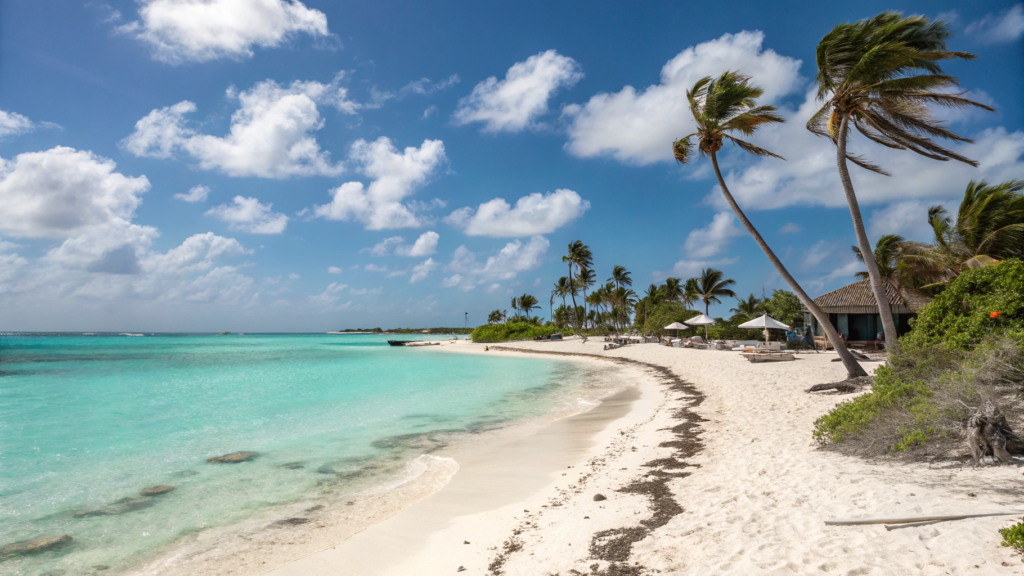

The only real downside is some uncertainty. You might get a random rainy day or two. But honestly, after six trips, I’ve learned that even “bad” weather days in Aruba are better than good days most other places.
June Through October: For Brave Souls and Tight Budgets
OK, let’s talk about summer. I went in August 2021 because I’m cheap and stubborn, and I wanted to see what all the warnings were about.
It’s hot. Like, really hot. And humid. By 11 AM, you’re done being outside unless you’re in water. But here’s the thing nobody mentions – the island is basically empty. I had entire sections of Eagle Beach to myself. The restaurants were desperate for customers and gave us free appetizers just for showing up.
My hotel room that would’ve been $400 in February? $140. Same exact room.
The trick is adjusting your schedule. We’d hit the beach at 7 AM (amazing, by the way – watching sunrise over the water with your coffee), come inside during the heat of the day, then go back out around 4 PM. Pool time in the afternoon was actually perfect.
Summer survival tips:
- Get up early for beach time
- Embrace the afternoon pool scene
- Book hotels with good air conditioning
- Plan indoor activities for midday
- Sunset time is magical and comfortable


The rain situation is overblown too. Yes, September and October get more rain, but we’re talking quick afternoon storms, not all-day disasters. I got caught in exactly two rainstorms during my September visit, and both lasted maybe 30 minutes.
What Each Month Actually Feels Like
Let me break this down based on actually being there:
January-March: Perfect but expensive and crowded. February is the sweet spot – driest month of the year and you might catch Carnival, which is absolutely wild.
April: Still peak season prices but worth it. This is when families show up for spring break, so expect more kids around pools.
May: My personal favorite. Great weather, reasonable prices, manageable crowds. If you can only go once, this is your month.
June-August: Hot and humid but cheap and empty. August was actually kind of awesome once I adjusted my expectations.
September-October: The challenging months. More rain, higher humidity, some places closed for maintenance. But if budget is everything, you can find incredible deals.
November: Hit or miss weather-wise, but great value. Early November is usually better than late November.
December: Peak season starts, but early December can still be reasonable before the holiday rush.
Real Talk About Activities and Timing
During peak season, you can literally do anything at any time. Want to go snorkeling at noon? Perfect. Sunset sailing? Guaranteed gorgeous weather. It’s almost boring how reliable everything is.
Summer requires strategy. That August trip taught me that morning activities are actually better than midday ones anyway. The fish are more active when snorkeling, the beaches are prettier without harsh midday light, and you’re not fighting crowds for everything.
Water temperature stays perfect year-round – between 79 and 85 degrees. I’ve never once gotten in the water and thought it was too cold or too hot.
For beach selection, I’ve learned to adjust based on season:
- Peak season: Hit the less popular beaches like Arashi or Boca Catalina to avoid crowds
- Off-season: You can enjoy the popular spots like Palm Beach without fighting for space
- Rainy days: Choose beaches near hotels or restaurants where you can duck inside quickly
Money Stuff Nobody Talks About
Peak season is expensive, period. I’m talking $400-600 per night for decent hotels, $40-50 dinners at average restaurants, and $100+ for basic excursions.
But off-season? That same hotel is $150-200. Restaurants start offering deals. Tour operators get desperate and drop prices.
My cheapest trip was September 2022: 6 nights at a nice resort for $180/night, including breakfast. Found dinner deals everywhere. Booked a catamaran trip for half the peak season price.
Real money-saving tricks I’ve learned:
- Fly Tuesday through Thursday if possible – weekends cost more
- Book hotels directly, not through travel sites – they often match prices and throw in perks
- Eat lunch at local spots like Zeerovers instead of hotel restaurants
- Buy groceries at Super Food for breakfast and snacks
- Skip overpriced hotel tours and book with local operators
Mistakes I Made So You Don’t Have To
Trip 1 (February 2020): Overpacked like crazy. Brought sweaters, pants, closed-toe shoes. Used none of it. Aruba is shorts and sandals, period.
Trip 2 (May 2021): Didn’t book dinner reservations and ended up eating hotel food half the week. Even in shoulder season, good restaurants fill up.
Trip 3 (August 2021): Tried to do beach activities during midday heat. Miserable. Learn from my mistake.
Trip 4 (November 2022): Didn’t check what was closed for maintenance season. Two restaurants I wanted to try were shuttered.
Trip 5 (March 2023): Booked last minute during peak season. Paid premium for everything and got stuck with a mediocre hotel.
Trip 6 (May 2023): Finally got it right. Reasonable prices, perfect weather, great planning.
So When Should You Actually Go?
Look, I’ve been there in almost every month now, and here’s my honest advice:
Go December-April if:
- Money isn’t your main concern
- You absolutely cannot deal with any weather uncertainty
- This is a special occasion trip
- You have kids with specific school break schedules
Go May or November if:
- You want great weather without crazy costs
- You’re OK with tiny chances of brief rain
- You prefer fewer crowds
- You like good value for your money
Go June-October if:
- Budget is your biggest factor
- You’re flexible and can adjust plans
- You actually prefer fewer crowds
- You don’t mind working around heat and humidity
The Truth About “Perfect” Timing
After six trips, I’ve realized something: there’s no perfect time for everyone. My February trip was flawless weather-wise but cost a fortune and felt touristy. My August trip was hot and humid but authentic and affordable. My May trips hit the sweet spot for me personally.
The best time to visit Aruba is when it matches what you actually want and can afford. Don’t stress too much about getting it “perfect” – even the “worst” months are pretty damn beautiful.
What matters more is being realistic about your expectations and planning accordingly. Peak season? Budget extra and book everything early. Off-season? Pack strategically and stay flexible.
Either way, you’re going to love it. This island has a way of making every trip feel special, whether you’re paying peak prices for guaranteed perfection or scoring deals during the quieter months.
I’m already planning trip number seven for November. Want to test my theory that shoulder season really is the sweet spot. What about you – are you a “pay for perfection” traveler or more of a “find the deal” type? Drop a comment and let me know what you’re thinking for your Aruba adventure.




